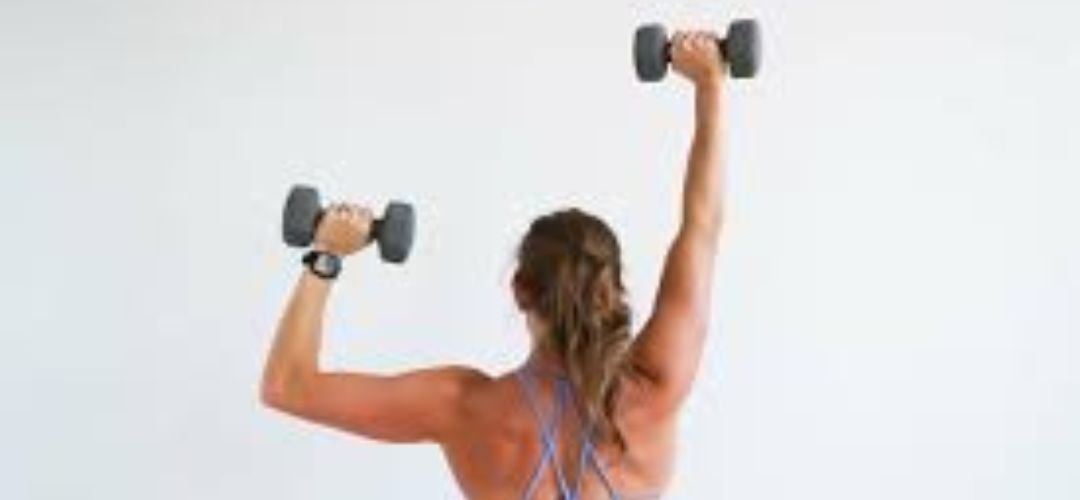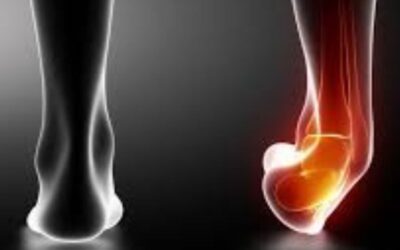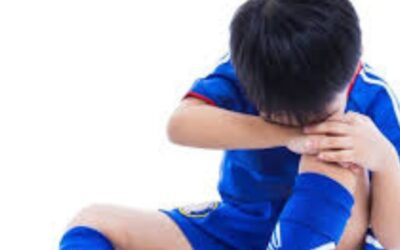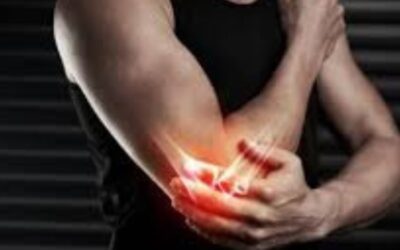The rotator cuff is a collection of four muscles that connect the arm bone to the shoulder blade. They work together to provide stability to the shoulder, especially in an overhead position.
However, highly repetitive tasks involving the shoulder (such as weightlifting, painting or swimming) may cause these muscles to become swollen and inflamed. If this is not treated early, the tendons of the cuff muscles can break down, resulting in pain and weakness. This condition is known as ‘rotator cuff tendinopathy’.
Risk factors associated with rotator cuff tendinopathy
• Increasing age (50+ years)
• Smoking
• Genetic predisposition
• High cholesterol
• Diabetes
• Obesity
• Highly repetitive tasks involving the shoulder
People who have rotator cuff tendinopathy often present with a history of an unaccustomed increase in shoulder activity prior to the onset of symptoms. This may include starting a new sport or a busy period at work.
Symptoms and Diagnosis
On testing, shoulder range of motion is often well preserved and resting pain is minimal. However, pain and weakness is often reproduced in positions which load the rotator cuff. This can include pushing out to the side, reaching up or lifting overhead.
Once a diagnosis is made, and other conditions have been excluded (such as large rotator cuff tears, frozen shoulder or arthritis), treatment can commence. Initial treatment involves techniques to manage the pain. Manual therapy such as massage and joint mobilisation can help in relieving symptoms.
Then, postural factors such as forward shoulder blades need to be addressed prior to the commencement of rehabilitation for better long term outcomes.
Rotator Cuff Tendinopathy Treatment
Research shows that a graded exercise program provides the best outcomes for patients with rotator cuff tendinopathy, when compared to surgery or passive treatment techniques (Littlewood et al., 2016). By progressively loading and strengthening the rotator cuff muscles, effective remodelling of the tissue can occur. This has not been shown during surgical interventions.
A tailored exercise program is then developed to help achieve the individuals’ goals.
Our team of highly qualified and motivated therapists will help find exercises that are best suited to your body and get you back to the things you love!
Lateral Ankle Ligament Sprain
From childhood netball players to the chronically uncoordinated, we’ve all likely encountered a lateral ankle ligament sprain at some point in our lives. Frequently referred to as “rolling, twisting or spraining”, it’s generally a much nicer diagnosis than a fracture,...
Osgood-Schlatter disease
Osgood-Schlatter disease is a condition that causes pain and tenderness in the front lower part of the knee. The condition affects active children/adolescents aged 8-15 years old and results from the tendon in the front of the knee placing too much stress on the bone...
Tennis elbow: what is it and how to relieve the pain?
Tennis elbow is a common condition that affects not just athletes but anyone who engages in repetitive arm and wrist activities. Despite its name, you don’t need to play tennis to suffer from it. This condition, medically known as Lateral Epicondylalgia, results from...



